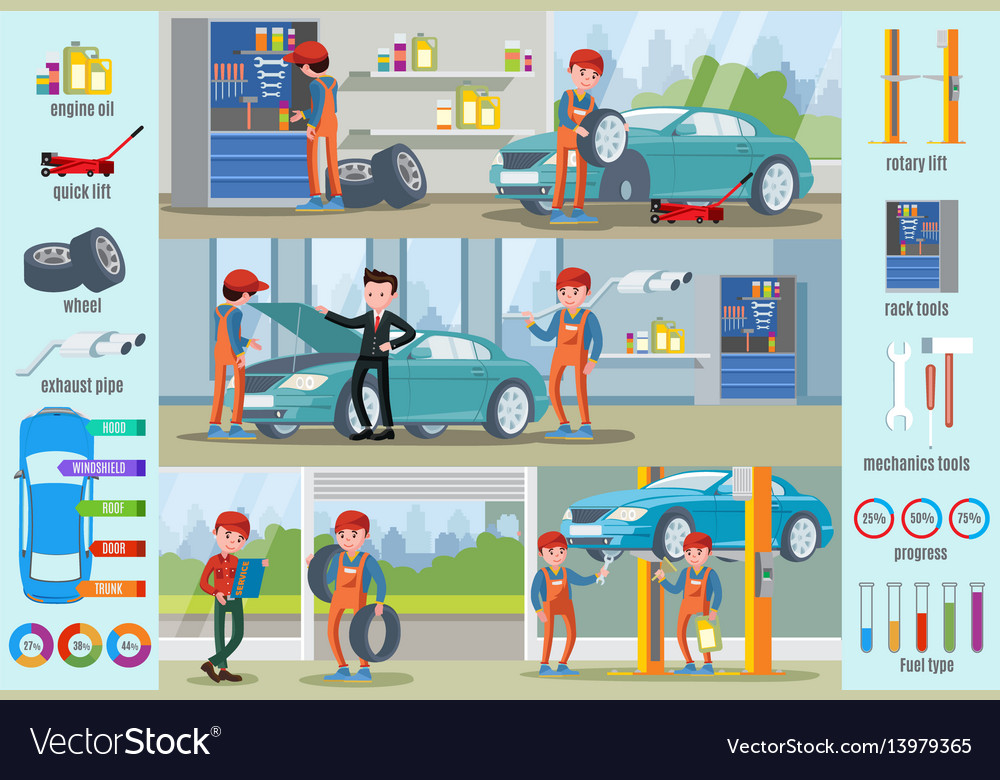Eager To Know What The Control Panel Caution Lights In Your Car Signify? Explore Their Definitions For The Health And Safety Of Your Lorry
Eager To Know What The Control Panel Caution Lights In Your Car Signify? Explore Their Definitions For The Health And Safety Of Your Lorry
Blog Article
Web Content Composed By-Faulkner Kejser
When you're behind the wheel, those glowing warning lights on your control panel can be a little bit puzzling. Do you recognize what they're attempting to inform you concerning your auto's wellness? Recognizing the relevance of these lights is important for your safety and security and the long life of your vehicle. So, the following time among those lights turns up, would not you wish to decode its message properly and take the needed steps to resolve it?
Common Caution Lighting and Interpretations
Determine typical caution lights in your automobile and understand their definitions to make sure risk-free driving.
The most typical caution lights include the check engine light, which signals concerns with the engine or exhausts system. If boat cleaning and detailing comes on, it's critical to have your vehicle inspected immediately.
The oil stress cautioning light suggests reduced oil stress, calling for immediate attention to stop engine damages.
A blinking battery light could recommend a faulty billing system, possibly leaving you stranded if not attended to.
The tire pressure tracking system (TPMS) light informs you to low tire stress, affecting automobile security and gas efficiency. Ignoring this could bring about unsafe driving problems.
The abdominal light indicates a trouble with the anti-lock braking system, jeopardizing your capability to stop rapidly in emergency situations.
Finally, the coolant temperature alerting light warns of engine overheating, which can lead to serious damages if not resolved swiftly.
Recognizing these usual warning lights will aid you resolve issues without delay and preserve secure driving conditions.
Importance of Prompt Interest
Recognizing the typical warning lights in your auto is only the first step; the significance of without delay dealing with these warnings can not be highlighted sufficient to ensure your security when traveling.
When a caution light brightens on your control panel, it's your auto's way of communicating a possible problem that requires interest. Disregarding these warnings can bring about a lot more severe issues down the road, endangering your safety and security and possibly costing you a lot more out of commission.
Motivate interest to cautioning lights can prevent failures and accidents. For https://brakes40517.ambien-blog.com/38453994/how-to-choose-the-right-car-outlining-service-for-your-requirements , a blinking check engine light can indicate a misfire that, if left neglected, could create damages to the catalytic converter. Addressing this promptly can save you from a pricey fixing.
In a similar way, a brake system cautioning light may indicate reduced brake liquid or used brake pads, vital components for your safety when driving.
Do It Yourself Troubleshooting Tips
If you discover a warning light on your control panel, there are a couple of DIY troubleshooting pointers you can try before looking for expert help.
The first step is to consult your auto's handbook to understand what the particular caution light suggests. Occasionally the problem can be as easy as a loosened gas cap activating the check engine light. Tightening https://oil-change-near-me95172.blogdosaga.com/32048246/mobile-automobile-describing-benefit-meets-high-quality-for-your-car might solve the problem.
Another common concern is a low battery, which can trigger various alerting lights. Examining the battery connections for deterioration and guaranteeing they're safe could repair the issue.
If a caution light lingers, you can attempt resetting it by detaching the auto's battery for a couple of mins and then reconnecting it. Additionally, inspecting your automobile's liquid levels, such as oil, coolant, and brake fluid, can assist troubleshoot alerting lights related to these systems.
Conclusion
In conclusion, understanding your automobile's caution lights is essential for keeping your automobile running efficiently and safely. By promptly addressing these informs and understanding what they suggest, you can avoid pricey repair work and possible failures.
Remember to consult your automobile's manual for specific details on each cautioning light and act accordingly to make sure a trouble-free driving experience.
Remain notified, stay secure when driving!
